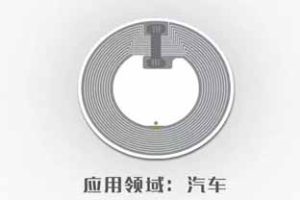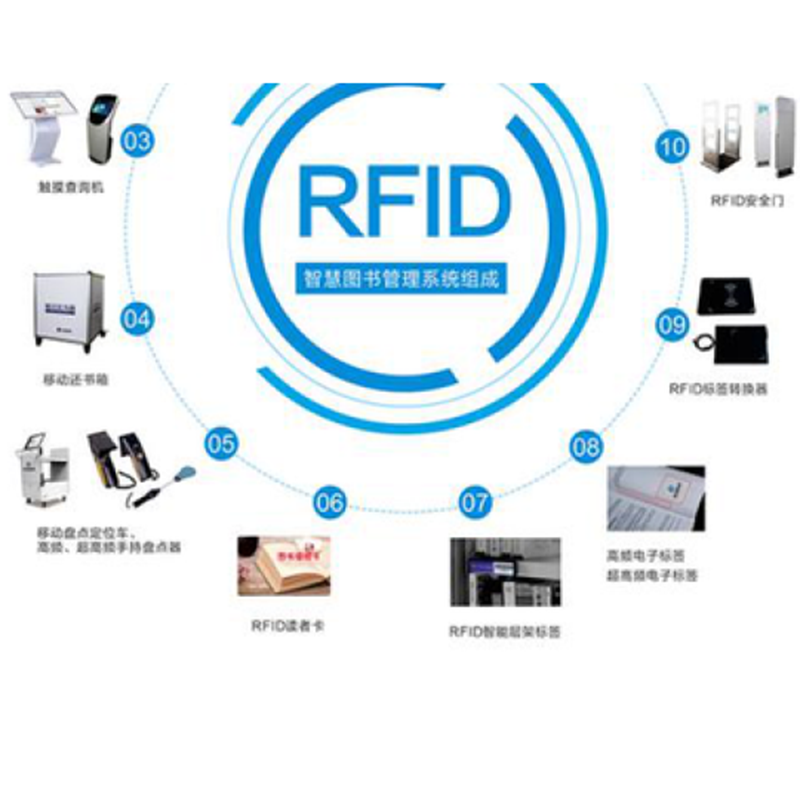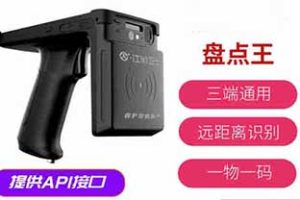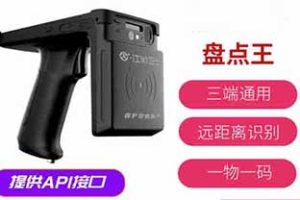The functional characteristics and storage requirements of RFID electronic tag readers.
RFID readers, also known as RFID readers, are mainly used to read and write data from RFID tags. They are composed of reading and writing modules and antennas and are an indispensable part of the RFID system. When RFID tags enter the range of readers, the readers communicate with the tags through radio frequency signals to achieve data reading and writing. RFID readers are widely used in many fields such as vehicle identification, asset inventory management, animal identification, industrial manufacturing, and personnel identification.

The functional characteristics and storage requirements of RFID electronic tag readers: 1. RFID readers access data from RFID tags, including reading and writing data from RFID electronic tags.
2. To provide energy for RFID tags, they are usually passive and require energy activation from the reader to function properly.
3. RFID readers can read out the information of items and use some interfaces to achieve network communication with computers, and can provide information to computers.
4. RFID readers can recognize multiple RFID tags within their working range, and through built-in anti-collision algorithms, they can exchange data with multiple electronic tags.
5. RFID readers can not only recognize stationary objects, but also moving objects. As long as they enter the reading and writing range of the RFID reader, they will automatically read the label information within the range.
The functional characteristics and storage requirements of RFID readers used in RFID electronic tag applications: 1. Efficient RFID readers can achieve wireless communication and have extremely fast data transmission speed, greatly improving operational efficiency.
2. Real time RFID readers can read data on tags in real-time, ensuring the timeliness and accuracy of information.
3. Automatic and batch reading RFID readers can automatically read and write tags without manual intervention, and can also batch read a large amount of tag data, improving work efficiency and reducing manual error rates.
The functional characteristics and storage applications of RFID electronic tag readers: 1. Vehicle identification automatically distinguishes vehicle identity information and realizes long-distance vehicle automatic recognition. Typical applications include automatic counting of earthwork vehicles, automatic identification of iron and steel tank numbers, unmanned automatic weighing, and identification of roadway vehicles.
2. Inventory management RFID readers are widely used in various inventory management scenarios. Simply use RFID handheld readers or RFID fixed readers to scan the labels on the goods and obtain information about the items, achieving real-time inventory management.
3. Asset management involves pasting RFID tags onto equipment, tools, or other assets. RFID readers and writers can achieve precise identification and tracking of assets, accurately recording, managing, and scheduling assets, thereby improving efficiency, reducing losses, and enhancing asset security.
4. In book archive management, barcode recognition is required without obstruction, and only one barcode can be scanned at a time. Barcodes are prone to contamination, which affects scanning and reading. RFID can be used for batch recognition and reading without contact or alignment with electronic tags. The above is only a part of the application of RFID readers. In fact, the application range of RFID readers is becoming increasingly wide. Choosing the appropriate type of RFID reader according to actual needs will help achieve more efficient intelligent management in various fields.
The functional characteristics and storage requirements of RFID electronic tag readers and writers for application. In addition to handling inbound and outbound and inventory, RFID inbound and outbound management can also perform warehouse management tasks such as inventory counting, analysis, statistics, and traceability, with high efficiency and low error rate. Advantages of RFID inbound and outbound management: 1. Improving warehouse management efficiency. Using RFID inbound and outbound management allows for real-time understanding of goods entering and exiting the warehouse, facilitating timely handling of goods entering and exiting. Real time and accurate inventory information can help enterprise managers better grasp the dynamics of the enterprise, thereby improving the efficiency of warehouse management.
2. Ensuring the accuracy and real-time of data, RFID inbound and outbound management can accurately record the time of goods entering and exiting the warehouse, detailed information of goods, etc., ensuring the accuracy and real-time of data information, facilitating the timely handling of goods entering and exiting matters, and avoiding goods detention or loss.
3. Traditional goods entry and exit records require manual recording, while RFID inbound and outbound management can automatically record the time and location information of goods entering and exiting the warehouse, reducing the complexity and cost of manual management.
The functional characteristics of RFID electronic tag application readers and the process of RFID inbound and outbound management for storage should be as follows: 1. Before inbound products are stored, the item information should be entered into the RFID tag and the tag should be affixed to each product. When the product enters the warehouse, it can be automatically identified in batches (including the type, quantity, specifications, etc. of the goods) through RFID handheld devices or fixed RFID readers installed at the entrance, and the inbound product can be scanned and verified by scanning the inbound form to quickly complete the product inbound process. At the same time, the collected data is uploaded to the system in real time.
2. When taking inventory of the warehouse, the management only needs to use an RFID handheld device to scan the items in the warehouse to complete the inventory operation. The system will automatically compare the inventory information with the actual item information, ensuring the accuracy and real-time nature of the inventory information.
3. When products are shipped out, they are automatically identified in batches through RFID handheld devices or fixed RFID readers installed at the entrance. The outbound documents are scanned for verification, and the outbound data is synchronized to the system to complete the outbound process without the need for manual recording, greatly reducing human errors.
The functional characteristics of readers and writers used in RFID electronic tag applications and the benefits of RFID inbound and outbound management: 1. No need for manual scanning, automatic recognition and recording of inbound and outbound information, improving inbound and outbound speed and accuracy.
2. Real time supervision and early warning of the entire warehouse can be achieved, allowing for real-time understanding of inventory conditions, avoiding issues of insufficient or excess inventory, optimizing warehouse layout and material placement, and improving warehouse management efficiency.
3. It can track the flow and usage of inbound and outbound products, achieve product traceability, and ensure the safety of production and supply. Warehouse inbound and outbound management based on RFID technology can accurately record the time of goods entering and exiting the warehouse, timely grasp the situation of goods entering and exiting the warehouse, ensure accurate information, and complete inbound and outbound inventory and inventory management more quickly and accurately, improving the efficiency and quality of warehouse management work.
Welcome new and old customers to call us for inquiries. We support small batch and appearance customization. We will provide you with 1V1 technical consulting services for free! We have a research and development center of over 3000 square meters in the Shenzhen Guangming Pilot Industry Base, with 12+laboratories. We welcome new and old customers to inquire by phone. Our company supports small batch customization and packaging design. We have strong research and development capabilities and are a trusted manufacturer. Welcome to call or contact us sales@molddl.com For consultation, please contact us for free samples!






